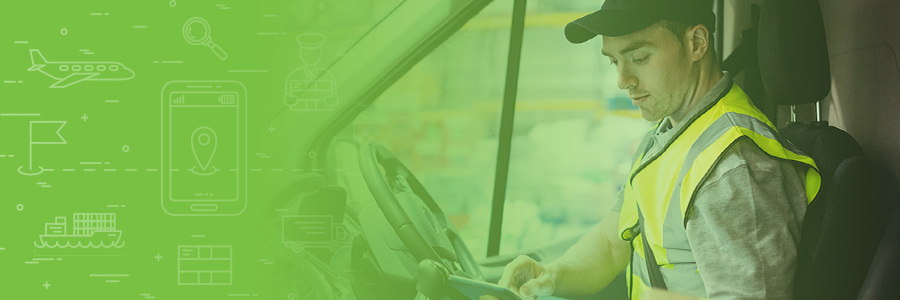
The transportation and logistics (T&L) industry has faced unparalleled demand during COVID-19, becoming the industry most heavily relied upon in the crisis to keep the world moving and its citizens fed. In the UK alone, £1bn/$1.3bn USD worth of food was stockpiled in just three weeks during the national lockdown.1
Despite this significant increase, SOTI’s latest global research report, The Last Mile Sprint: State of Mobility in Transportation and Logistics, has found that T&L companies are losing customers and missing opportunities to expand their business. But why?
The report revealed that outdated last-mile delivery technology is causing a huge impact on the industry as it prevents companies from performing to the best of their ability whilst disappointing customers.
In fact, almost half of all global companies agreed that their organization has outdated technology. Here, we look at how outdated tech prevents businesses from evolving and jeopardizes operational efficiency when they are pushed to capacity.
Losing customers
Firstly, businesses reported that they are losing customers as a result of outdated mobile technology. Half (50%) of all T&L executives globally believe they will lose customers, or have already, lost customers as a result of this.
A third of all senior management also said that they directly attributed falling behind their competitors with the use of legacy technology, showing customers are being drawn away by more technologically advanced alternatives.
Losing opportunities
The use of outdated mobile technology is also affecting the ability of T&L companies to expand and respond to operational challenges, such as the need for workers to socially distance.
Although T&L has been essential during the COVID-19 crisis to ensure essential goods keep moving, more than a third of all companies globally stated that they could not efficiently upscale during the pandemic due to outdated technology – meaning they have missed out on growing their businesses.
So, what’s the solution?
Adopting an efficient mobile-first strategy is crucial for addressing these issues, by ensuring that companies have visibility into critical aspects of their supply chain and the ability to leverage real-time decision-making. This improves workforce productivity and can create better, more responsive experiences for customers. SOTI’s research found that 58% of all respondents who already have a mobile-first strategy for last-mile delivery, agreed that it is effective and has resulted in reduced operational costs.
- Increased speed of processes
- Minimized costs
- Transparency in the delivery channel
- Ability to keep up with competitors
The path ahead
The COVID-19 pandemic has only intensified the immediate need for sufficient delivery systems. Throughout the lockdown, the shift from brick and mortar retail to online has accelerated. In June, for example, online sales in the U.S. reached $73.2bn, up 76.2% compared with $41.5 bn in June 2019.2 As consumers increasingly turn to online for their purchasing needs, fast delivery is no longer a luxury, but an expectation.
To ensure they are not losing customers to competitors or missing out on valuable opportunities, T&L companies need to ensure they have the most up to date mobile technology in-place, combined with an integrated mobility and IoT management platform. Only then can they safeguard customer retention and be sure they have an effective operations strategy in place.
To find out more about the delivery challenges the T&L industry is facing and how mobile technology helps solve them, download the full report here. Have any questions? Feel free to reach out to a member of the SOTI team to discuss further.
- The Telegraph, British shoppers hoard food worth £1bn
- Digital Commerce 360, As pandemic pushes on, online sales grow 76% in June


